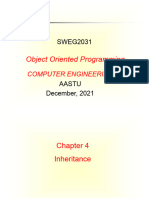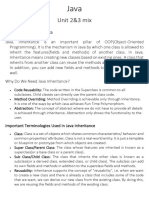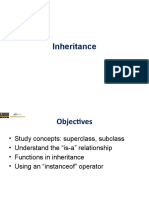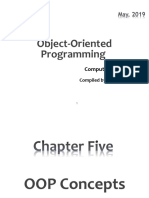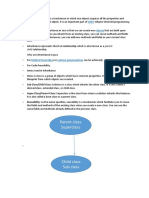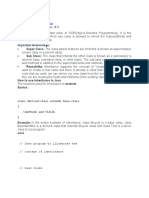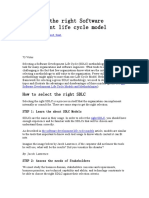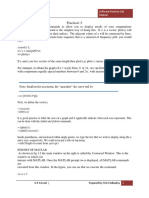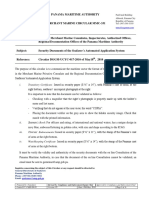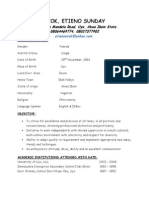0% found this document useful (0 votes)
173 views72 pagesJava OOP: Inheritance & Polymorphism
The document discusses inheritance and polymorphism in object-oriented programming. It defines inheritance as a mechanism where one object acquires the properties and behaviors of a parent object. The key advantages of inheritance are code reusability and easier code maintenance. Inheritance is implemented using the "extends" keyword in Java and represents an "is-a" relationship between classes. The document provides examples of single inheritance, multi-level inheritance, and the rules for subclass constructors.
Uploaded by
Mik ClashCopyright
© © All Rights Reserved
We take content rights seriously. If you suspect this is your content, claim it here.
Available Formats
Download as PPTX, PDF, TXT or read online on Scribd
0% found this document useful (0 votes)
173 views72 pagesJava OOP: Inheritance & Polymorphism
The document discusses inheritance and polymorphism in object-oriented programming. It defines inheritance as a mechanism where one object acquires the properties and behaviors of a parent object. The key advantages of inheritance are code reusability and easier code maintenance. Inheritance is implemented using the "extends" keyword in Java and represents an "is-a" relationship between classes. The document provides examples of single inheritance, multi-level inheritance, and the rules for subclass constructors.
Uploaded by
Mik ClashCopyright
© © All Rights Reserved
We take content rights seriously. If you suspect this is your content, claim it here.
Available Formats
Download as PPTX, PDF, TXT or read online on Scribd
/ 72















